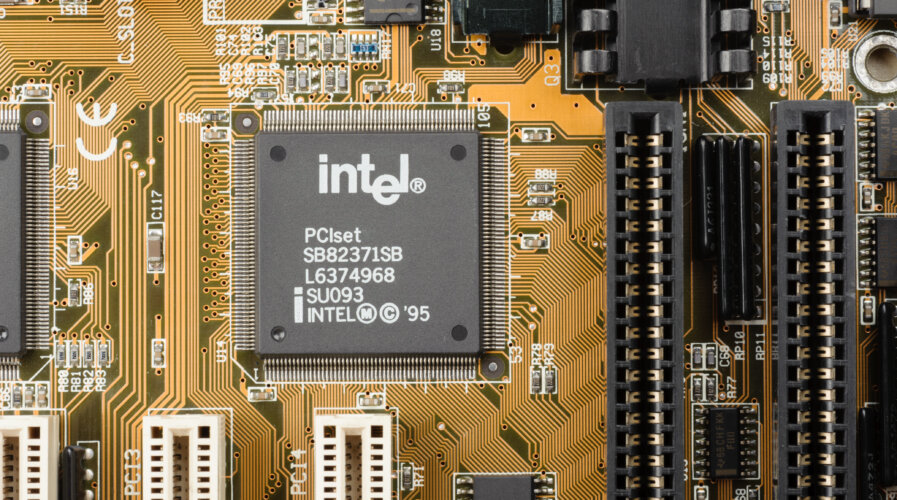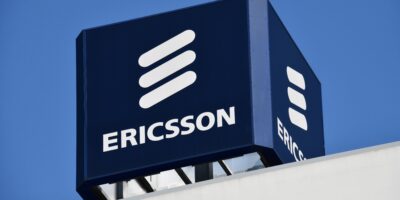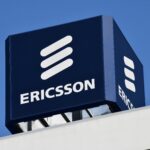
Intel is challenging TSMC in chip packaging technology. What are their plans?Source: Shutterstock
Intel is challenging TSMC in chip packaging technology. What are their plans?
- Intel flaunts the latest technology pipeline and sales strategy to gain share from chip leader TSMC.
- Intel Foundry Advanced Packaging’s senior director reckons the US chip giant has a more geographically secured supply chain.
- Intel also has plans to transition to glass substrate materials, which are stiffer than the current technology and could enable better chip features.
In 2021, US chip giant Intel Corp declared that it’s banking on advances in its advanced packaging arsenal to catch up with competitors and lure clients to its new foundry business. Intel also rolled out one of its most ambitious product roadmaps in years, with a wide range of new technologies that it contends will close the performance gap to other foundry rivals by 2024 and push it to the front of the pack in state-of-the-art process technology by 2025.
The Santa Clara, California-based company is staying firm on that ambition of theirs. In a virtual media briefing earlier this week, Intel presented its latest technology pipeline and sales strategy, signaling that it is upping the ante in its battle against the biggest chip maker in the world, Taiwan Semiconductor Manufacturing (TSMC), to win more chip manufacturing business.
After all, TSMC controls more than half of the market; therefore, Intel wants to challenge that status — at least on a technological level. Hence ambitions of its own in the chip packaging services market. During the virtual briefing, Intel’s Foundry Advanced Packaging’s senior director Mark Gardner shared how his company’s Foundry Services offers a compelling proposition for its customers.
According to Gardner, the most significant selling point for Intel is the chip giant’s more geographically secure supply chain. “We have chip-making factories and chip assembly/testing/packaging sites placed in different places worldwide, including the US,” he shared.
Gardner even shared the chip maker’s plan to put more of its new assembly and advanced packaging services in New Mexico. In comparison, most of TSMC’s chip-making facilities are in Taiwan, though the company does have some facilities and offices in the US and Europe and elsewhere in Asia.
“Our first key solution as an Intel Foundry Services group is the open system foundry, which lets customers pick and choose services. He added that the foundation is about to secure supply from a geodiversity and Western R&D [basis],” he added.
Garner even shared that Intel plans to transition to glass substrate materials, which are stiffer than the current technology and could enable better chip features. As for the packaging technology, co-packaged optics–it is expected to go into production at the end of next year and offers higher bandwidth connections to chips.
Overall, the briefing reflected Intel executives’ optimism about the company’s future chip packaging technologies roadmap, enabling incoming chips to perform better at a lower cost. Gardner, even Intel Foundry Services, is willing to let customers use a subset of their services—even if it means they use other foundries for chip making and use Intel for just testing or assembly.
It will be challenging for Intel to penetrate and increase its share market. TrendForce data shows that TSMC has about 59% market share of the third-party chip manufacturing business, followed by Samsung at 16%. Intel’s share is unfortunately minimal as it only recently started ramping up its foundry services to external customers.
When Intel launched Intel Foundry Services in 2021, a new division of its internal foundry that will manufacture third-party chips, it was part of the US tech giant’s goal after CEO Pat Gelsinger assumed his current role in 2021 — to crack the foundry business, which also means to start making chips for other companies.
Intel had for years focused on making chips for its use. Therefore, the venture into the foundry business marked a significant strategy shift for the company. Yet, Intel seemed unperturbed by the competition within the space but more focused on restoring its lead in the process race. So far, Intel has attracted Qualcomm and cloud service provider AWS, its first major customers, to use its production platforms.
READ MORE
- 3 Steps to Successfully Automate Copilot for Microsoft 365 Implementation
- Trustworthy AI – the Promise of Enterprise-Friendly Generative Machine Learning with Dell and NVIDIA
- Strategies for Democratizing GenAI
- The criticality of endpoint management in cybersecurity and operations
- Ethical AI: The renewed importance of safeguarding data and customer privacy in Generative AI applications


